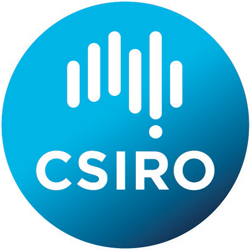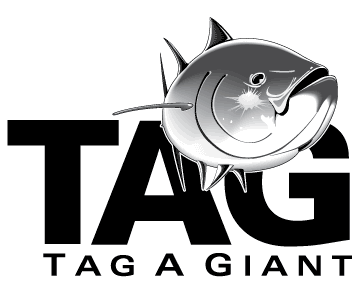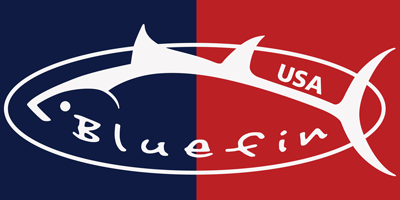Ann Preece, Paige Eveson, Jessica Farley, Mark Bravington and Campbell R. Davies
Session 2, Talk 3, 18/1/16 @ 1330 hrs
In response to concerns about parental biomass decline, uncertainty in recruitment and the information time-lag between recruitment and adults due to the late maturity population dynamics of SBT, research has been undertaken on reliable techniques for long-term recruitment monitoring, fishery independent indices of juvenile abundance and key biological processes. The scientific aerial survey, developed in the early 1990s, provides an index of relative abundance of juveniles and is a key input to the CCSBT Management Procedure used to set the global TAC. Large conventional and electronic tagging programs, age and growth research, and trolling and acoustic surveys have provided direct age data, time varying growth estimates, tagging data and natural mortality estimates for use in SBT population dynamics models. These models are used to assess stock status and evaluate performance of management procedures.
Most recently, a gene-tagging program has been initiated. It takes advantage of recent advances in genetics and statistical methods to provide absolute abundance estimates of juveniles. The SBT gene-tagging data will be used in a new management procedure that will supersede the current one. Gene-tagging is similar to conventional tagging but uses the genetic fingerprint of a fish in place of physical tags. The key advantages are that the tag is invisible, there is no shedding, no reward costs, and perhaps most importantly, it overcomes the uncertainty in reporting rates. Through simulation tests using the adopted SBT management procedure, the value of this fishery independent recruitment data has been demonstrated to be essential for management of the SBT fishery.
Contact: A. Preece, CSIRO Marine Laboratories, Australia, This email address is being protected from spambots. You need JavaScript enabled to view it.














